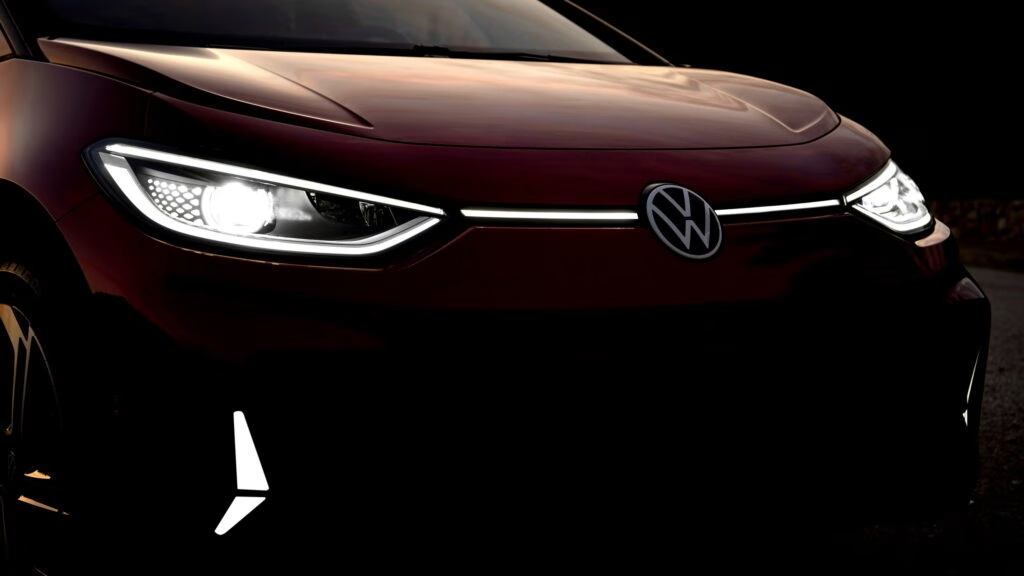Why Is Volkswagen Charging for Horsepower You Already Own?
If you’ve been eyeing the VW ID.3 Pure in the UK, you might have noticed something odd. The car is advertised with 168 horsepower, but unless you pony up for a subscription, you’re actually driving around with just 148. That’s right—Volkswagen is selling you a car with more power than you can use, then asking for a monthly fee to unlock the rest. It’s a twist on the old “pay to play” model, but this time, it’s not about extra features—it’s about horsepower you technically already have.
What’s the Real Cost of Unlocking Extra Power?
Let’s break down the numbers. For British drivers, unlocking the full 168 hp costs £16.50 per month (about $22.50), or £165 ($225) per year. There’s also a “lifetime” unlock for £649 ($878), though it’s not crystal clear if that’s tied to you or the car. For context, that’s nearly triple the price of a basic Netflix subscription—except instead of binge-watching, you’re paying for a 20-horsepower bump and 33 extra lb-ft of torque. Not exactly earth-shattering gains, and Volkswagen itself admits the upgrade doesn’t affect the ID.3’s range at all.
Is This Subscription Model Really New—or Just a Digital Spin on Old Tricks?
Volkswagen defends this approach by comparing it to traditional trim levels. In the past, you’d pay more for a higher-output engine, even if the base and upgraded versions were mechanically similar. Now, the difference is digital: the hardware is the same, but software locks or unlocks the extra power. According to Volkswagen, this gives buyers more flexibility—they can choose to upgrade later, rather than committing at purchase.
But here’s the rub: in the configurator, the ID.3 is listed with the higher horsepower, even if you haven’t paid for the upgrade. Insurance companies rate it as a 168-hp car, regardless of whether you’re actually using all those horses. So you’re paying for potential, not just performance.
How Does VW’s Subscription Stack Up Against Other Automakers?
Volkswagen isn’t alone in this game. BMW, Mercedes, and Tesla have all dabbled in software-based upgrades, from heated seats to performance boosts. But when it comes to value, VW’s offer looks a bit stingy. For example, Ford’s Mustang Mach-E GT owners can unlock 100 lb-ft of torque for $995, Polestar offers 68 more horsepower for $1,195, and Mercedes will sell you 60-110 hp for $1,200 per year. Even traditional gas-powered performance upgrades often deliver more bang for your buck.
So why is VW’s approach getting so much attention? Partly because the upgrade is so modest, and partly because it feels like you’re being charged to use something you already own. It’s not about adding a new feature—it’s about removing a digital handbrake.
Are There Any Hidden Downsides or Risks for Owners?
One question that keeps popping up: what if owners find a way to hack the system and unlock the extra power without paying? It’s not far-fetched—enthusiasts have been tuning cars for decades. But there’s a catch: doing so could void your warranty, and potentially run afoul of local laws. For now, most buyers will probably stick to the official route, even if it stings a little.
Another wrinkle: the “lifetime” unlock may not transfer if you sell the car, depending on how VW ties the software to your account or the vehicle’s VIN. That could make things awkward for secondhand buyers, who might find themselves paying again for the same upgrade.
Why Are Automakers Pushing Subscriptions for Features and Performance?
The subscription model is everywhere these days, from streaming services to smart home gadgets. For automakers, it’s a way to generate recurring revenue and keep customers engaged long after the sale. According to a 2023 McKinsey report, software-based features could represent a $1.5 trillion market by 2030. No wonder car companies are eager to get in on the action.
But there’s a fine line between offering genuine value and nickel-and-diming your customers. Features like navigation, ambient lighting, or voice control might make sense as add-ons. Charging for horsepower that’s already built into the car? That’s a tougher sell.
What’s the Big Takeaway for Car Buyers?
If you’re shopping for a new EV—or any modern car, really—read the fine print. Ask what’s included, what’s locked behind a paywall, and whether upgrades are tied to you or the car. The industry is in flux, and what feels like a small annoyance today could become the norm tomorrow.
The big takeaway? Buying a car in 2024 isn’t about perfection—it’s about smarter adjustments. Start with one change this week, and you’ll likely spot the difference by month’s end. Whether that’s reading the spec sheet more closely or holding off on that subscription, a little extra awareness can save you a bundle—and maybe a headache or two down the road.

